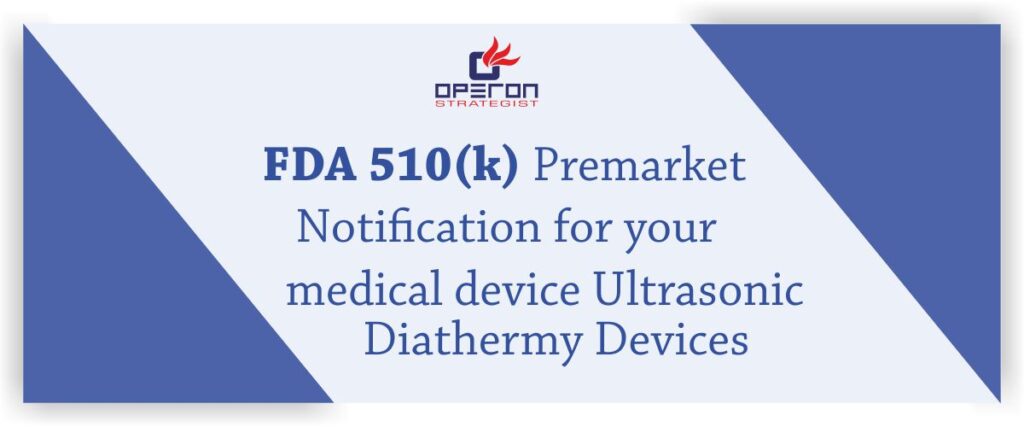In healthcare sector, medical devices are playing crucial role by serving diverse functions, like diagnosis, prevention, monitoring, treatment, alleviation of diseases or injuries, etc. Medical devices are being used in different settings, from home-based systems to clinics and advanced medical facilities. These diversified benefits of medical devices are accompanied with the risks arising from inappropriate use or misuse of device. These risks can be minimized, mitigated or eliminated by adopting effective human factors engineering.
What is meant by ‘Human Factors Engineering?
In medical device sector, human factors engineering is a branch of engineering which deals with development of medical devices and systems based on data gathered from human psychological and physiological characteristics. It requires thorough consideration of human behavior, limitations of users, competencies of users and other relevant aspects regarding use of medical device.
These human factors engineering aspects are aimed at ensuring that the device can be used as safely as possible while maximizing the clinical benefits. It emphasizes on engineering a medical device in a fashion that reduces the potential of users to make mistakes or use device incorrectly, as low as possible. Human factors Engineering is crucial part of EUMDR while designing the device documents need to created as per the EUMDR requirement.As CE mark Medical device consultant we guide manufacturer in creation of CE technical file.
Importance of Human Factors Engineering in Medical Devices
The principal objective of human factors engineering process is to maximize the safety and clinical benefits. Specific benefits of application of human factors engineering to medical devices are as follows:
- It improves effectiveness and efficiency of a medical device
- It promotes user satisfaction and sustainability
- Expands the market for a new medical device by considering potential users of the device
- It reduces the user’s dependency on the user manuals
- It reduces need of user training
- It facilitates reduced risk of adverse events
- It reduces overall risk of product recalls following safety issues
- It facilitates better user experience and in turn gives advantage over competitors in the market
- It ensures long term profitability through better user experience
- It helps to establish safer connections between device components and accessories
- It improves experience with user interface
- It improves user’s understanding of device’s status and operation
- It improves user’s understanding of a patient’s medical condition
- It facilitates more effective alarm signal management
- It helps in creation of user interface that encourages error free use of medical device
EU MDR 2017/ 745 Requirements on Human Factors Engineering
General Safety and Performance Requirements set out in the Annex I of EU MDR covers aspects related to the usability of the device.
- First general requirement from annex I states, “Devices shall achieve the performance intended by their manufacturer and shall be designed and manufactured in such a way that, during normal conditions of use, they are suitable for their intended purpose. They shall be safe and effective and shall not compromise the clinical condition or the safety of patients, or the safety and health of users or, where applicable, other persons, provided that any risks which may be associated with their use constitute acceptable risks when weighed against the benefits to the patient and are compatible with a high level of protection of health and safety, taking into account the generally acknowledged state of the art.” Here, emphasis has been given on the use of medical device in such a way that safety and health of both patient’s and user’s is ensured. Additionally, this requirement also gives consideration to the “other persons”, which may include people who interact with the device but do not directly use it, e.g., machine technicians.
- General Safety and Performance Requirement 3(c) states that, “estimate and evaluate the risks associated with, and occurring during, the intended use and during reasonably foreseeable misuse.” To establish compliance with this requirement, adopted usability engineering and risk management process must address the estimated level of risk associated with the use of device. Human factors engineering process is closely linked with risk management process, it evaluates, mitigates and eliminates usability induced use errors that could impose risks for patients and/or users. Usability studies should be performed by considering reasonably foreseeable hazards associated with use scenarios.
- General Safety and Performance Requirement 5(a) and 5(b) highlights risk related to use errors by considering ergonomic features of the device and technical knowledge, experience, education, training of the user and use environment. Usability engineering process should be tailored to address these requirements by considering aspects covered in this general safety and performance requirement.
International Standards on Human Factors Engineering
Recognized standards provide support to comply with General Safety and Performance Requirements quoted in the EU MDR 2017/745. In Europe, EN 62366-1 is the harmonized human factors engineering standard. Compliance with this standard provide evidence of conformity with the requirements of MDR. This standard offers standardized processes for analysis, development and evaluation of usability of medical device. As a medical device regulatory consultant, we make sure that the devices produced by the manufacturer will comply with the correct regulations and manufacturers will not face any issue.
-
adminhttps://operonstrategist.com/author/admin-2/
-
adminhttps://operonstrategist.com/author/admin-2/
-
adminhttps://operonstrategist.com/author/admin-2/
-
adminhttps://operonstrategist.com/author/admin-2/




